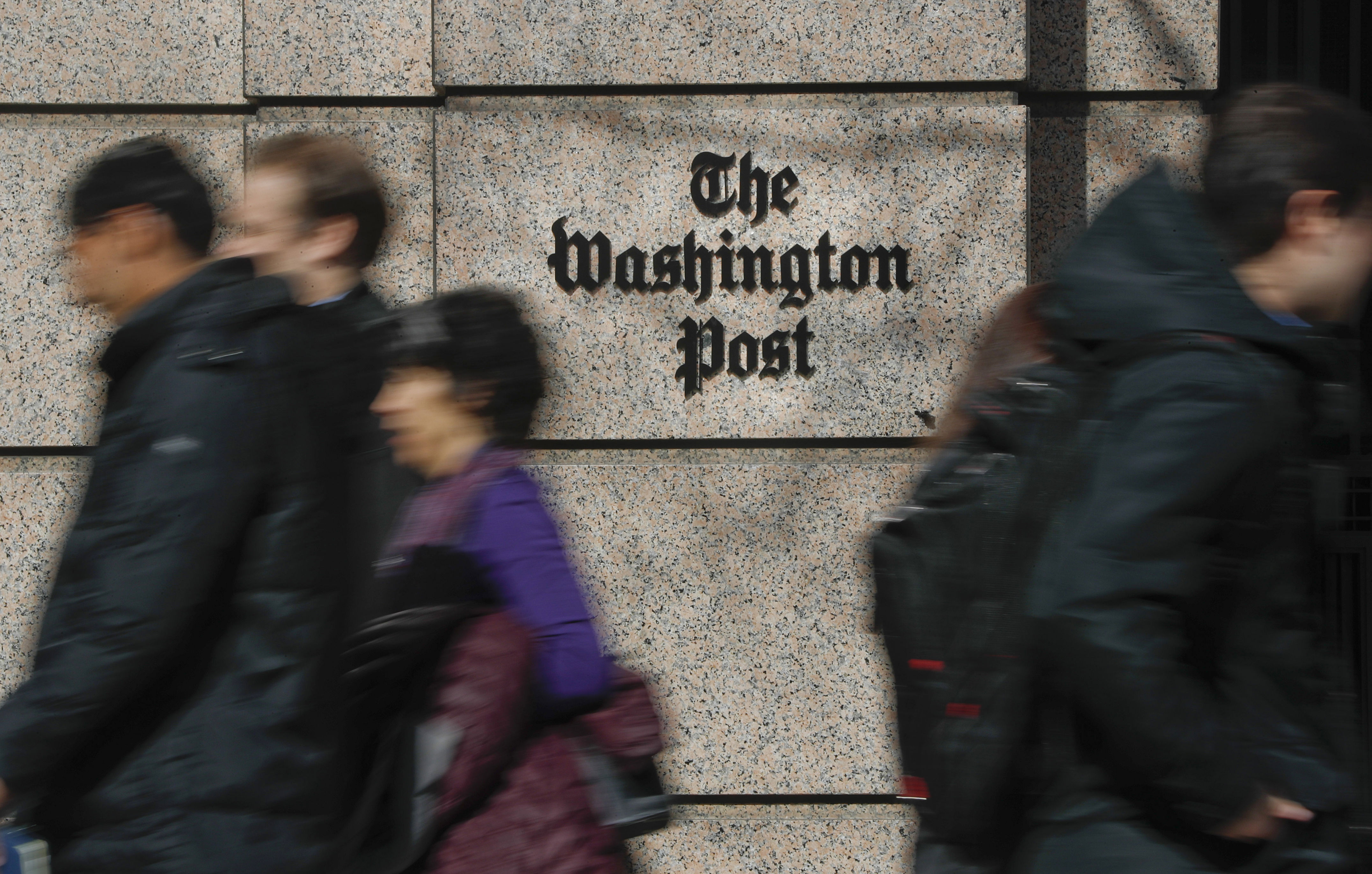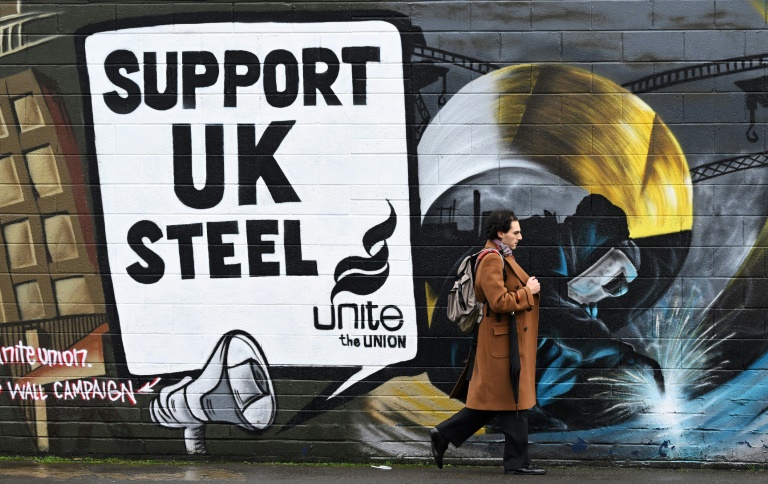
UNDERSTANDING ESCROW ACCOUNTS: WHY A BIG CHUNK OF MY MORTGAGE PAYMENT JUST SITS THERE
The Current State of Escrow Understanding
In early 2024, Lereta, a company that offers real estate tax and flood services to mortgage servicers, released results from a study. In February 2024, the company asked more than 1,000 homeowners about their escrow accounts. Let’s outline some of the key results:
- Roughly 80% of homeowners have an escrow account
- Only about half (52%) said they fully understood how their escrow accounts work
- 28% weren’t aware that changes in this account can affect their monthly payment
This lack of clarity has bled into issues for both the homeowner and their mortgage servicer. In its 2023 U.S. Mortgage Servicer Satisfaction Study, J.D. Power shared that 43% of customers said their most recent problem was payment or escrow-related—a notable increase from 36% in 2022.
Ultimately, all of this data points to a problem. Homeowners don’t fully understand how their escrow accounts work and, as a result, are in for an unpleasant surprise when changes there result in an increased monthly payment.
Per the Lereta study, 36% of homeowners with a fixed-rate mortgage believe their monthly payment amount can never change. And while that’s true in terms of principal and interest, changes in their escrow accounts can absolutely affect how much they owe on a monthly basis.
What Are Escrow Accounts?
When it’s attached to a mortgage, an escrow account—alternatively called an impound account, trust account or reserve account—is an account in which money is held. A slice of your monthly mortgage payments go into this account. Then, periodically, your mortgage lender uses the money in the account to pay for things like property taxes and homeowners insurance.
Per regulation from the Consumer Financial Protection Bureau (CFPB), there’s one factor that sets an escrow account apart from, say, a savings account where you sock away money for insurance premiums. To qualify as an escrow account, the account can’t be under your total control.
What Does Escrow Get Used For?
The money in your escrow account gets used for specific purposes as laid out in your agreement with your mortgage lender. Most frequently, that money goes to pay your:
- Homeowners insurance premiums
- Flood insurance premiums
- Property taxes
- Private mortgage insurance (PMI)
In other words, if there are things your mortgage lender requires to lower their risk, the escrow account gives you a built-in way to save up and pay for them.
As a benefit to the homeowner, the lender manages making payments from the escrow account. So when your homeowner’s insurance premium or property taxes are due, for example, they pay them on your behalf.
Because a lot of these payments only need to be made once or twice a year, you might watch your escrow balance tick up. It’s not uncommon to see thousands of dollars just sitting there. Rest assured, though, that your mortgage servicer has done careful math. That money won’t lie dormant—it’s allocated toward an upcoming payment.
When Are Escrow Accounts Required?
Not all mortgages have escrow accounts attached to them. That said, there are many instances in which these types of accounts are necessary.
Regulation Z, an amendment to the Truth in Lending Act (TILA), requires escrow accounts for high-priced home purchase loans.
Loans backed by government entities might require escrow, too. If your loan is backed by the Department of Veterans Affairs (VA), for example, the lender isn’t necessarily required to establish an escrow account. If the loan is backed by the Federal Housing Administration (FHA), though, Title 24 within the Code of Federal Regulations stipulates that you must establish an escrow account to pay taxes and insurance premiums.
If you get a conventional (i.e., not government-backed) loan, you may have the option to get an escrow account waiver.
For example, Fannie Mae, one of the biggest entities behind conventional loans, allows lenders to waive escrow accounts. Specifically, this applies when the borrower meets criteria showing that they have the financial ability to handle lump sum tax and insurance payments. That said, Fannie Mae doesn’t allow lenders to waive escrow when the borrower needs to pay PMI. As a result, if you put less than 20% down—the point at which PMI is required—you’ll likely have an escrow account.
Generally speaking, if you plan to put down any less than 20%—something most homebuyers do—you will need to pay for PMI. And, as a result, your mortgage will likely have an escrow account to at least collect the money for those payments.
Opting Into an Escrow Account
Even when escrow accounts aren’t required, the CFPB advises that borrowers consider requesting one. The escrow account functions as a built-in savings vehicle for payments that you’ll need to make to stay in your house.
It increases your monthly mortgage payment, but it’s money you would need to hand over anyway. And when you have an escrow account, experts at your lending institution figure out how much you need to have on hand when taxes and insurance come due. You’ll never have to sweat to pull together money because a big bill like your annual homeowners insurance premium is coming up.
Plus, with an escrow account, your mortgage servicer manages the payment of those things. If you worry about missing a critical payment—like your local property taxes, which could expose you to a fines, liens and even foreclosure—an escrow account can eliminate that stress.
If you decide you want to forego the escrow account, it’s your responsibility to make sure you pay your property taxes and insurance to protect your house. You need to know the due dates associated with those payments and have the money on hand to pay them. Because these can be sizable sums, that likely means being diligent in saving up a sufficient amount throughout the year.
How Much Money Goes Into Escrow?
Lending institutions have expertise in determining how much money needs to go into your escrow account to cover the required payments. And they need that competence. Per Regulation X in the Real Estate Settlement Procedures Act (RESPA), the cushion in your escrow account can’t exceed one-sixth of what you’re going to owe over the course of the year.
Your mortgage servicer determines how much you need in your escrow account by conducting what’s called escrow account analysis.
When you first get your mortgage, they perform an opening analysis and issue you an initial escrow statement. Per Regulation X, that first disclosure needs to lay out:
- Your total monthly payment amount
- How much of that payment is going into the escrow account
- How the lender anticipates that money will get used, broken down into an itemized list with anticipated payment dates
- The amount of the cushion they’re building into your escrow account (not to exceed one-sixth of your total yearly payment amounts)
This way, you know what your monthly payment will be for the first year, how much of that money will go to escrow and how it will be used.
None of this should be a surprise. If you’ll have an escrow account, the Closing Disclosure your lender provided three days before closing on your mortgage is legally required to include an estimated escrow amount.
This amount varies entirely depending on your total home loan amount, property taxes in your area and your local insurance costs. If you need flood insurance because your house is on a flood plain, for example, you’ll need more in your escrow account to cover that premium. If you put less than 20% down and your loan has PMI attached, again, your escrow account amount will grow.
Some aspects of the payments that get managed from your escrow account are out of your control. You can’t negotiate your property taxes, for example, and your lender determines your PMI premiums.
You may, however, be able to lower the amount required in your escrow account by comparing homeowners insurance providers. Choosing a company that offers the coverage you need at the lowest price helps to keep your monthly escrow payment down.
What Is Annual Escrow Analysis?
Things can change with escrow accounts through the years. If you get PMI removed—which you can do once you reach 78% equity—you’ll need less in your escrow account. But with homeowners insurance prices surging in many states, the amount required to cover your premiums can tick up, too.
In an effort to keep enough in escrow accounts without exceeding the one-sixth cushion, mortgage servicers perform an annual escrow analysis. Also called escrow account computation, this happens every 12 months from the date you made your first payment into the escrow account.
The goal for your annual escrow analysis is to:
- Determine the right target balance for your account
- Compute how much you need to contribute monthly to maintain that target balance
- Identify any shortage or overage
In some cases, this is fairly simple. If your mortgage servicing company already knows how much they’ll charge you for PMI in the coming year and they’ve been informed of your next homeowner’s insurance premium and property tax dues, your escrow account analysis just means crunching the numbers.
If any of those amounts are unknown at the time of analysis, the servicer estimates the amount that will be due. They do this by using the payment from the previous year and factoring in the most recent year’s change in the Consumer Price Index (CPI). In other words, they account for inflation.
Many times, nothing changes after annual escrow analysis. This yearly check-in confirms that you have a sufficient amount in escrow. With your continued payments over the next twelve months, you should have enough to pay any dues from your escrow account.
That said, this escrow account computation might uncover that you need more to cover what will be due in the coming year. As a result, the servicer can increase your monthly escrow payment amount. And that, in turn, will increase your overall monthly mortgage amount.
The opposite could also be true. If you just finished paying PMI, for example, your monthly escrow amount—and, consequently, your total monthly mortgage payment—could drop.
Your annual escrow analysis can also discover that you already have too little or too much in your account.
What If My Escrow Falls Short?
If your escrow account has a negative balance now, it’s called a deficiency. If it will have a negative balance when a payment is due in the next 12 months, it’s called a shortage.
In either case, if your mortgage servicer discovers that your account doesn’t have enough, they have options.
Shortages
In the event of a shortage that’s less than one month’s escrow payment, they can choose to:
- Do nothing
- Require you to pay the shortage within 30 days
- Require you to pay the shortage in equal monthly payments over a 12-month period or longer
If the shortage is more than one month’s escrow payment, the servicer can choose to do nothing or require you to pay it in equal installments over a 12-month+ period. The option to require you to pay the shortage all at once disappears once that amount exceeds what you’re currently paying toward your escrow account each month.
Deficiencies
If you have a deficiency and it’s less than one month’s escrow payment, your mortgage servicer can:
- Do nothing
- Require you to pay the deficiency within 30 days
- Require you to pay the deficiency in two or more equal monthly payments
If the deficiency is more than one month’s escrow payment, they can choose to do nothing or require you to pay it in two or more equal monthly installments.
Can I Ever Get Money Out of My Escrow Account?
You can’t pull money from your escrow account at will. You could still get money from it, though.
If, while performing your annual escrow analysis, your mortgage servicer discovers that your balance will exceed the one-sixth cushion maximum, they’ll cut you a check for the overage. This is most common if you recently had PMI removed from your home loan.
Article Sources
CHAPTER 2. HUD ESCROW AND MORTGAGE INSURANCE PREMIUM (MIP). U.S. Department of Housing and Urban Development. Accessed June 14, 2024.
Closing Disclosure Explainer. Consumer Financial Protection Bureau. Accessed June 14, 2024.
Escrow Requirements Under the Truth in Lending Act (Regulation Z). Federal Register: The Daily Journal of the United States. Accessed June 14, 2024.
Originating & Underwriting: Selling Guide. Fannie Mae. Accessed June 14, 2024.
Regulation X § 1024.17(c). Consumer Financial Protection Bureau. Accessed June 14, 2024.
Uncertainty and Financial Challenges Driving Down Homeowner Satisfaction with Mortgage Servicers, J.D. Power Finds. J.D. Power. Accessed June 14, 2024.
What is an escrow or impound account? Consumer Financial Protection Bureau. Accessed June 14, 2024.
VA Pamphlet 26-7, Revised, Chapter 9: Legal Instruments, Liens, Escrows and Related Issues. Veterans Affairs. Accessed June 14, 2024.
Related Articles
The post Understanding Escrow Accounts: Why a Big Chunk of My Mortgage Payment Just Sits There first appeared on Newsweek Vault.
2024-06-14T19:41:08Z dg43tfdfdgfd











